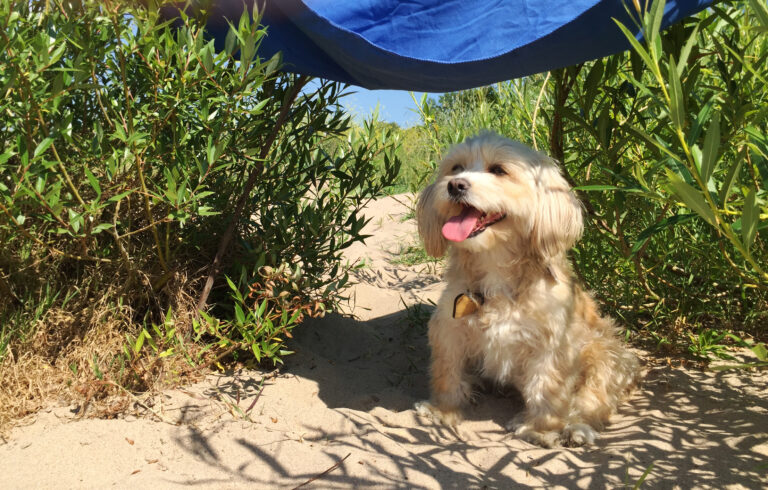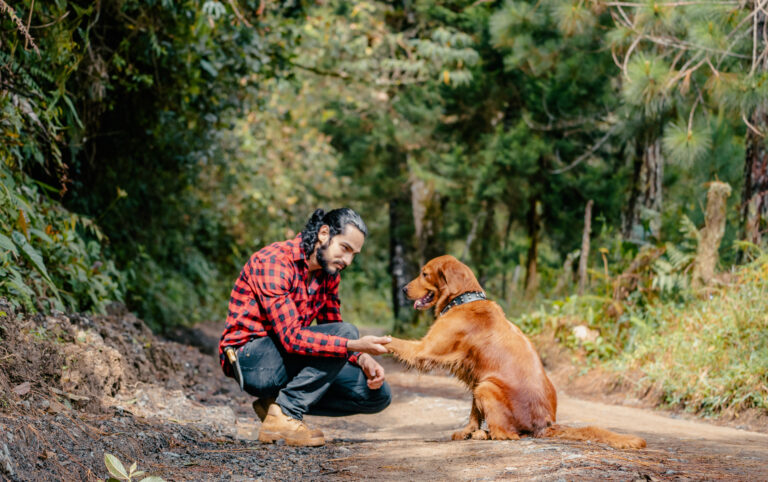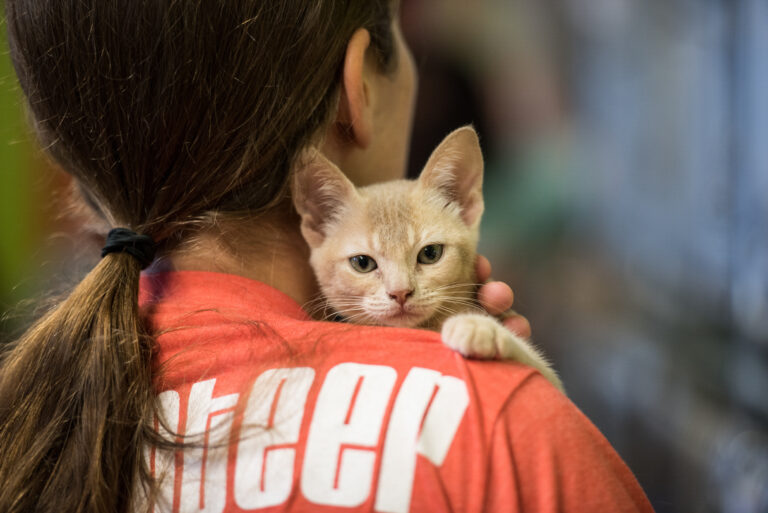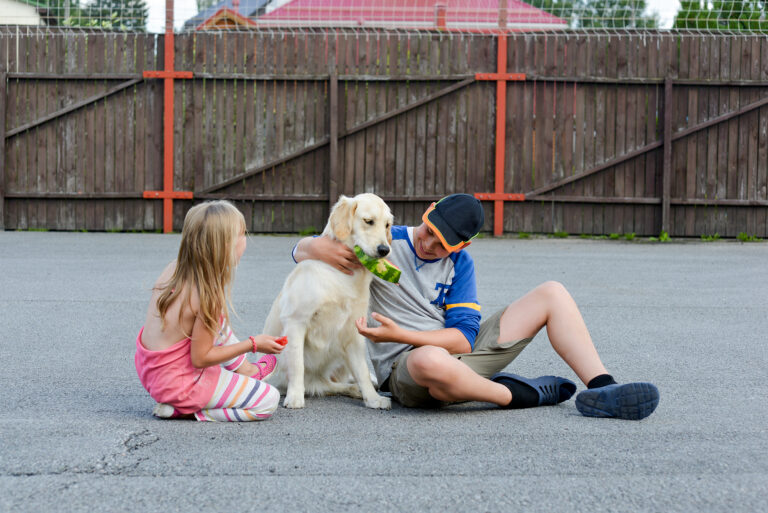Spring is a season of new beginnings—and for dog owners, that includes revisiting training goals. With longer days, warmer weather, and more opportunities to explore the outdoors, spring is the ideal time to reinforce your dog’s recall skills, especially if you’re aiming for safe, reliable off-leash freedom. Whether you’re heading to the park, hiking on a trail, or spending time in your own backyard, having a dog who comes when called can be the difference between a fun outing and a stressful one.
Here’s why spring is the best season to sharpen your dog’s recall training, and how to make it a success.
Table of Contents
Why Recall Matters
“Recall” is your dog’s ability to return to you immediately when called, regardless of what else is happening around them. It’s one of the most important commands in your training toolkit—not just for convenience, but for safety.
A solid recall can prevent your dog from:
- Running into traffic
- Approaching unfriendly dogs or people
- Chasing wildlife
- Getting lost on hikes or in unfamiliar areas
In short, teaching and reinforcing recall is about building trust and ensuring your dog’s freedom doesn’t come at the cost of safety.
Why Spring Is the Best Time to Practice Recall
Spring offers the perfect combination of conditions to work on off-leash skills:
- Mild weather means more frequent outdoor training sessions without the risk of overheating or freezing paws.
- Longer daylight hours give you more time to practice in the early morning or after work.
- Fewer distractions than summer, such as large crowds or loud fireworks, help create a calm, controlled environment to build consistency.
- Increased natural motivation—dogs tend to be more engaged and alert in spring due to new smells, sounds, and sights.
All of this makes spring a window of opportunity to start fresh or rebuild recall reliability before the bustling summer months.
Start Small, Then Expand
If you haven’t practiced recall in a while (or ever), don’t head straight to an open park and let your dog loose. Begin in a low-distraction environment, such as your backyard or a quiet section of a local field.
Use a long-line leash (15–30 feet) to give your dog space to roam while still maintaining control. This creates a safe environment for practice without the risk of losing your dog.
Start with a clear cue, such as “Come!” or your dog’s name, paired with an excited tone and positive reinforcement like treats, praise, or a favorite toy. When your dog returns, reward them generously—even if it took a little longer than you hoped.
Make Yourself More Interesting Than the Distractions
Spring is full of sensory overload: squirrels, blooming flowers, joggers, and other dogs. The key to strong recall is making you the most exciting thing in your dog’s world.
- Use high-value treats they don’t usually get
- Mix in fun chase games or tug toys as a reward
- Praise enthusiastically—dogs pick up on your energy
- Occasionally call your dog, reward them, then let them go play again so they don’t associate recall with the end of fun
The goal is for your dog to think, “Coming back is always worth it.”
Consistency Is Key
Practicing recall isn’t just a one-and-done activity—it’s a lifelong habit. Use spring as your launching pad to build consistency with short, frequent sessions. Keep training fun, avoid frustration, and don’t overdo it in one session.
Gradually increase the level of difficulty:
- Practice at different times of day
- Add distractions slowly
- Use different environments (parks, trails, open fields)
- Test recall around other dogs or smells—but only when you’re confident in your dog’s progress
Know When to Leash Up
Even with great training, no dog has perfect recall 100% of the time. Know your dog’s limits, and don’t let them off-leash in unfenced areas unless you’re confident they’ll respond under pressure. If your dog has a high prey drive, tends to ignore cues, or is easily overwhelmed, stick to long-leads or fenced zones while you continue building trust and reliability.
In Conclusion
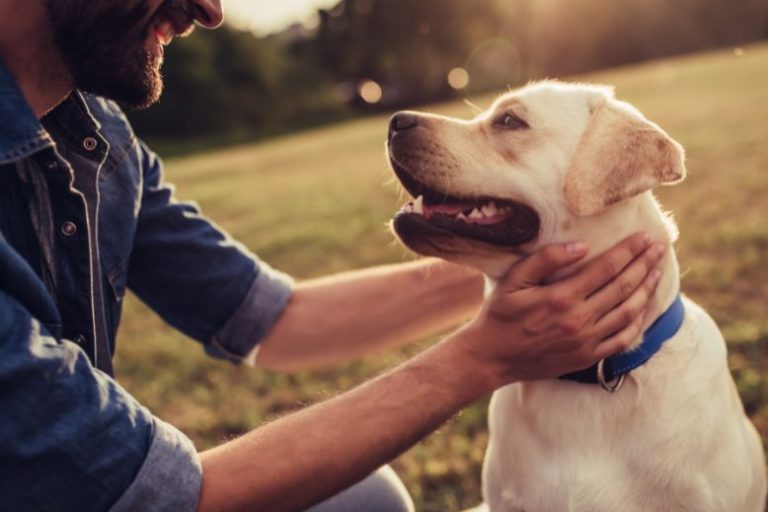
Spring is nature’s reset button—and that includes your dog’s training routine. With ideal weather, longer days, and fewer distractions than summer, now is the time to reinforce your dog’s recall skills and build confidence in off-leash environments. Start small, use big rewards, and stay consistent. You’ll not only strengthen your bond, but you’ll also lay the groundwork for safer, more enjoyable adventures all season long.
With practice, patience, and the right approach, your dog will be running back to you with enthusiasm—tail wagging and ready for more.



